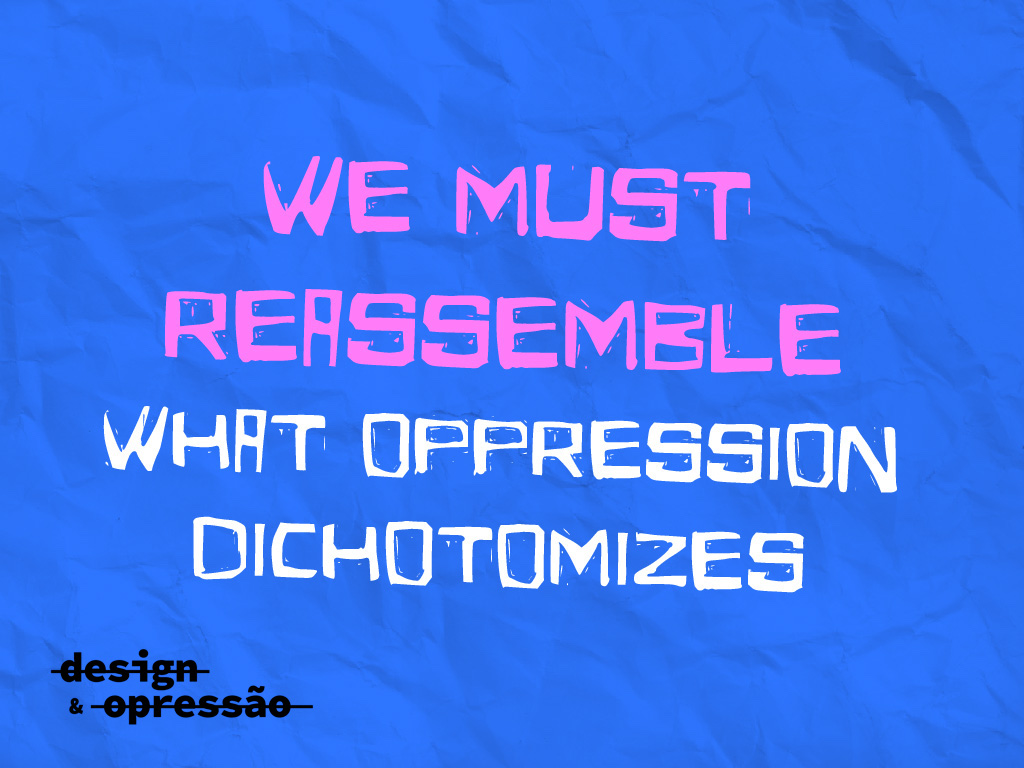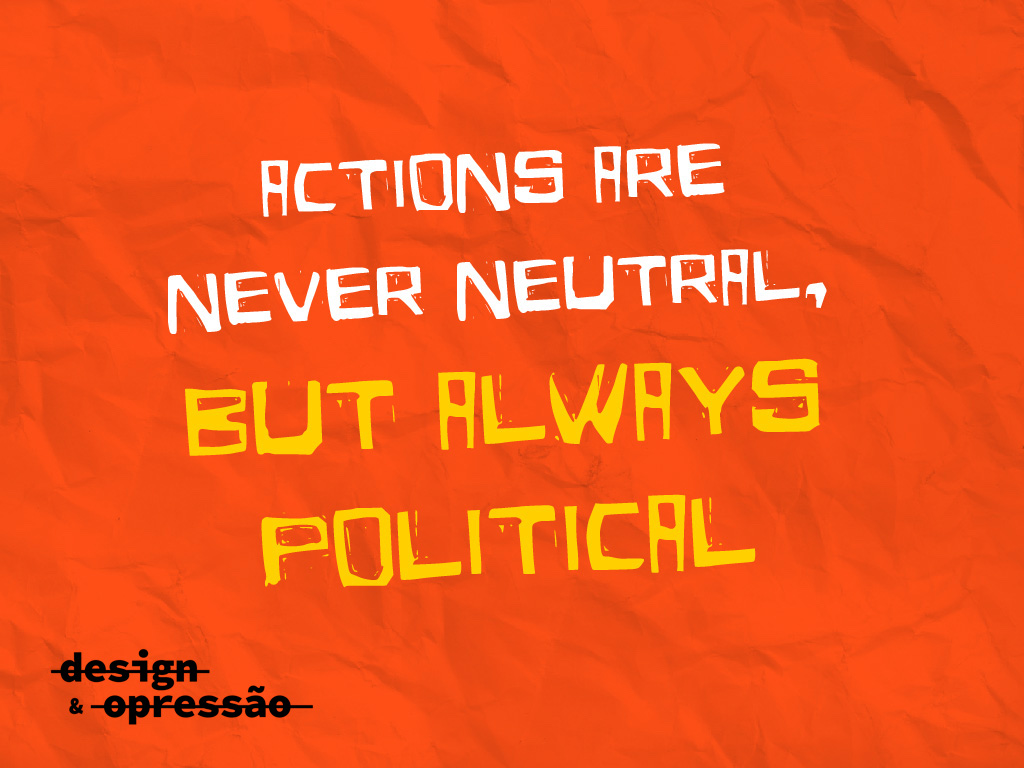Donald Norman is about to release a book on Humanity-Centered Design. I don’t plan to buy or read it, but I can’t ignore it. As I previously wrote, shifting what is at the center of design does little to reconfigure the contradictions cultivated by centralization, which is a core spatial practice of patriarchy, capitalism, and colonization. In my doctoral research, I found out that reconfiguring contradictions requires criticizing the production of design space. Here follows my criticism of the hegemonic design space shaped by design gurus and design consultancies.
Humanity is not a (shopping) center where you can design (or buy) everything if you have enough financial resources, knowledge, power, fame, and prestige. The underlying neglected issue is not the future of our kids but the present of millions of other kids who are under existential threat right now simply because they are not even considered part of that privileged humanity that can freely move around (shopping) centers.

The big elephant in the room that Norman (and most design practitioners and scholars) does not want to acknowledge is the role of design in dehumanization processes. As I wrote in a forthcoming book chapter for The Routledge companion to design research:
“It is already well established that design research can humanize Things and, in turn, humanize humans. However, there is still a long path to admit that design research can also dehumanize people and nations.”
Every design theory, method, or approach does not only define what design is but also what being human is. Negatively, it also defines what is not (enough) design and what is not (enough) human. These definitions include material requirements such as purchasing power and ontological limitations such as userism. For most designs out there, people cannot humanize themselves if they cannot purchase it, and even if they can purchase it, they cannot humanize further than becoming a user.
We founded the Design & Oppression network in 2020 precisely to problematize design’s complicity with dehumanization and foster design’s solidarity across rehumanization struggles. As we see it, humanization entails a political dispute on who deserves human privileges, including design-centeredness.
Recently, design’s role was to keep up with the status quo: those who already had humanizing privileges got more humanizing privileges by design. However, design research has a counter-hegemonic interest in challenging the status quo and promoting rehumanizing. Feminist, decolonial, and critical approaches to design research have made significant theoretical contributions in recent years, yet many practice issues remain unchanged. This is why I constantly put my two cents into developing alternative design methods and tools.

It is clear that we need to redesign the institutional arrangements, political atmosphere, and economic systems that provide the conditions for being human and being considered human — which is almost the same thing. Raising critical voices at the margins is fundamental to reimagining these conditions, but finding cracks at the center is also a good tactic. Centers accumulate capital, power, and intense contradictions that may explode anytime. Political insurgencies typically draw attention to such contradictions and release them against the system.
Here lies the contradiction at stake: the humanization of the oppressors at the expense of the dehumanization of the oppressed. In design, this turns into things considered as subjects — as in AI design machines — and humans treated as things — as in user(or humanity)-centered design. Due to this historical contradiction, it is impossible to design for the entire humanity without taking the side of the oppressors who have claimed for centuries to be the entire humanity.

If design wants to side with the oppressed, design needs to shift from humanizing the already humanized to supporting the rehumanizing of the dehumanized. This means working with social movements, local associations, human rights activists, healthcare practitioners, popular educators, leftist politicians, and other actors actively working to repair, legitimate, and safeguard the humanity of the oppressed. These actors are already designing alternative products, services, systems, and policies. Designing with them, in this case, means designing for the oppressed, by the oppressed.
In sum, designs of the oppressed (the name of a free online course offered by the Design & Oppression network) are the opposite of designing for a privileged humanity, by the already privileged designers. The privileged ones can afford to buy Norman’s book and ignore his insensitive request for getting free education by a prominent Black female designer, his academic bullying of a Brazilian female designer, and his taking credit for a user experience term coined by a pioneer female design researcher. I cannot afford this book, but most importantly, I cannot afford Donald Norman depoliticizing yet another design theme, hence this blog post.
I hope we have further critical reads of that book to counter the expected wave of privileged design services and education based on it.

